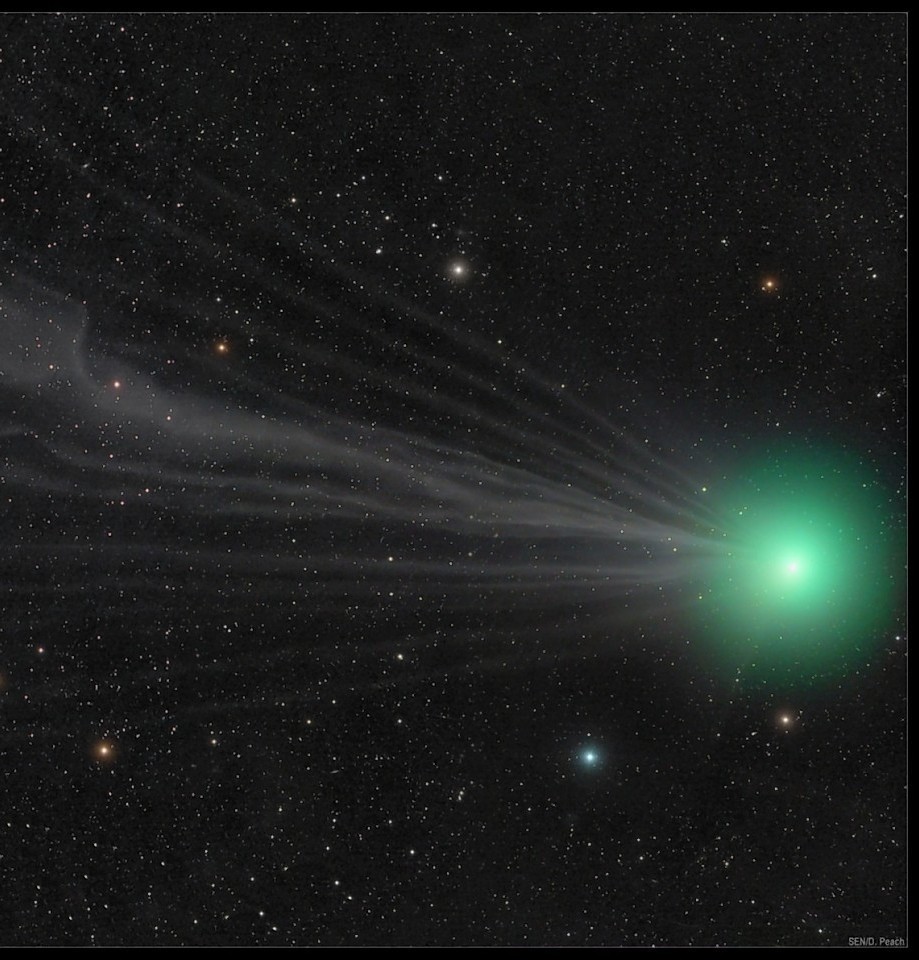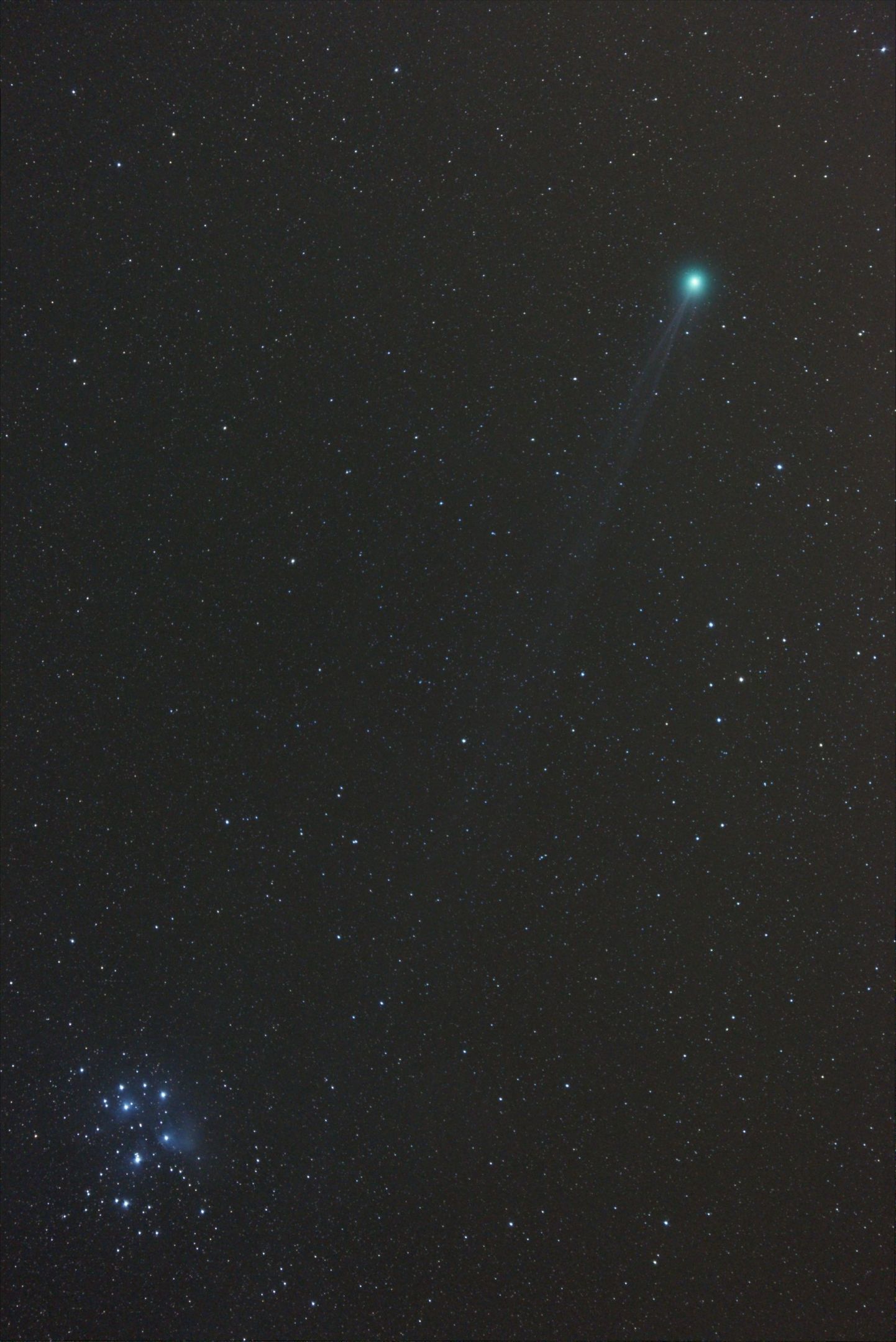This Friday will bring the best chance for stargazers across the north-east to see the spectacle of a newly-discovered comet before it begins its final exit of our solar system for the next 11,000 years.
Comet Loveyjoy, which was discovered in August last year by amateur Australian astronomer Terry Lovejoy, will be at its closest point to the sun, before it completes its orbit and heads back out into the darkness of space.
The comet, which carries with it an ethereal green glow due to its chemical outer crust being burned away by the sun’s heat, has been visible to the naked eye for the last month thanks to its unique proximity to both Earth and the Sun.
Ken Rice, an astronomer and physicist from Edinburgh University, said: “There’s more than one type of comet, and Lovejoy is what we would call a longer period comet, meaning that it can be many thousands of years between sightings.
“It was only discovered last year because 11,000 years ago, when it has been calculated to have last come by Earth’s atmosphere, nobody would have been able to record seeing it.
“Comets can tell us a great deal about the formation of our solar system, and Lovejoy in particular at its furthest point of orbit will be at almost 1,000 times further away from the sun than Earth is.”
Mr Rice said amateur astronomers had as good a chance as anyone of scoring a good sighting.
“It’s best to try and see it with the naked eye, a camera, or high powered bird binoculars, as using a telescope would actually make it harder to see the comet’s brightness,” he explained.
“It’s a bit like looking too closely at a picture printed in an old newspaper – if you pull back you can see a clearer image.
“For the best chance to see it I would recommend looking south at around 10pm, near the Andromeda constellation.
“Friday would definitely be the last day to see it at its brightest, as it will start to fade away as it moves from earth all through February before it finally disappears around March.”

